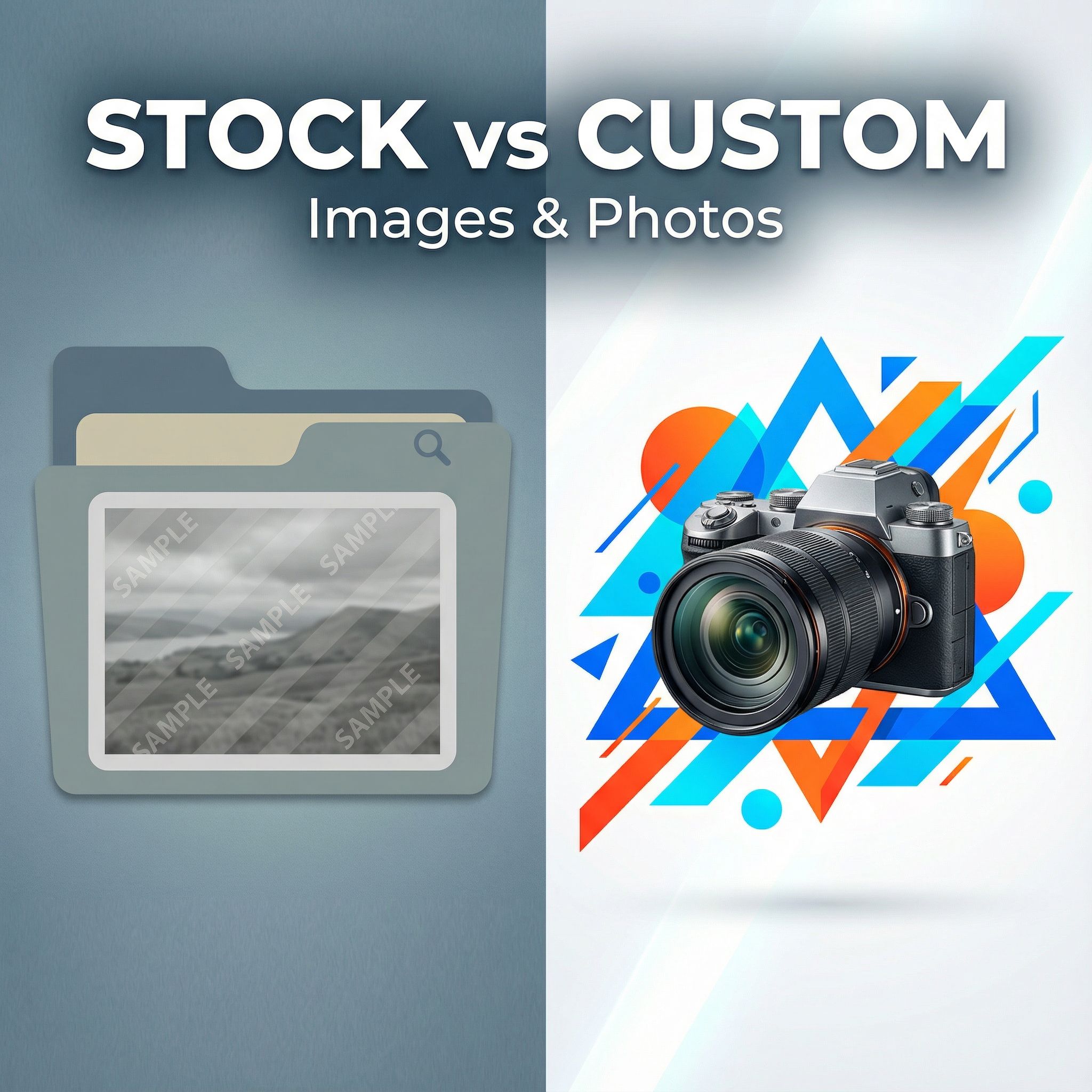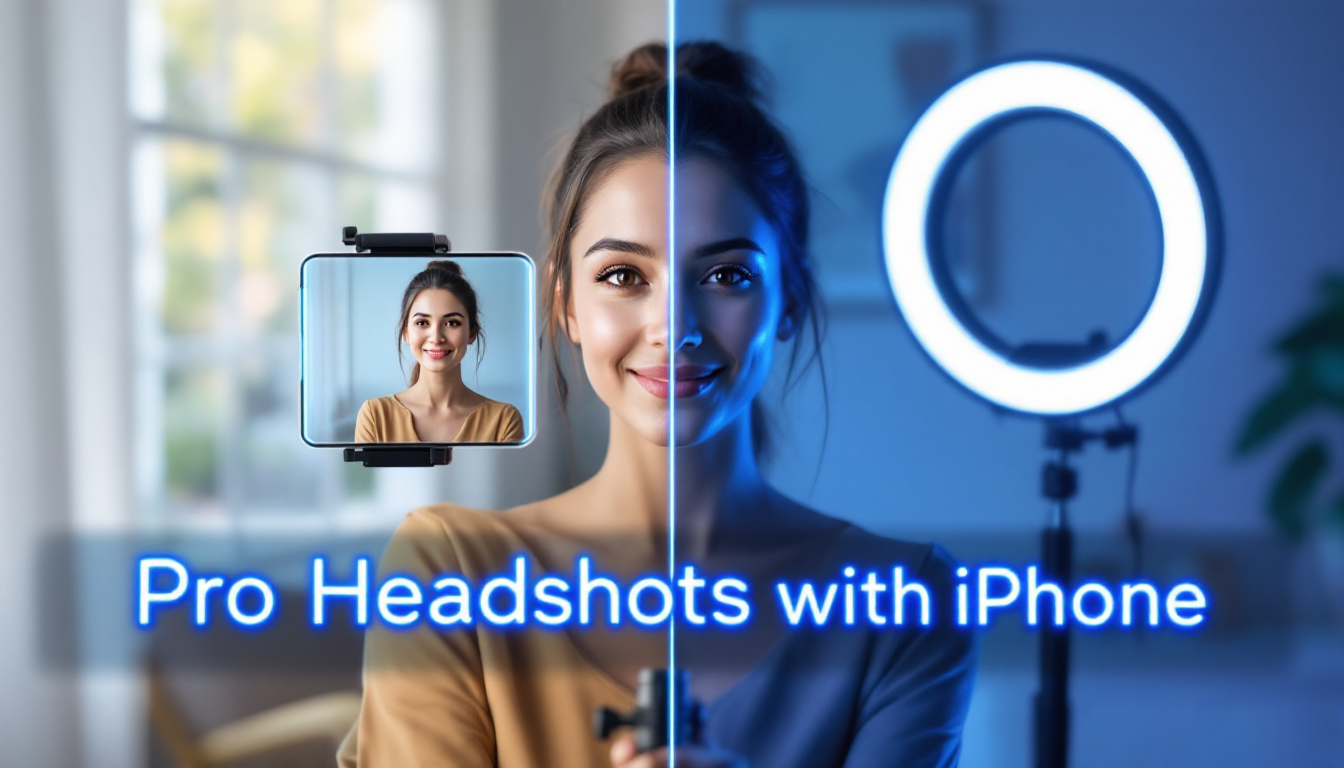Flat Lay Photography: Complete Guide to Creating Perfect Overhead Shots
**Flat lay photography** has transformed from a simple overhead shooting technique into one of the most influential and sought-after styles in modern visual content creation. This captivating approach to photography involves arranging objects on a flat surface and capturing them from directly above, creating stunning compositions that tell compelling stories and engage audiences across social media platforms and commercial applications.
Whether you're a photographer, content creator, or business owner, mastering **flat lay photography** opens up endless possibilities for creating visually appealing content that resonates with your audience. From Instagram feeds to product catalogs, **flat lay photography** has become essential for anyone looking to create professional, engaging visual content that captures attention and drives engagement.
Understanding the Fundamentals of Flat Lay Photography
**Flat lay photography** is characterized by its bird's-eye view perspective, where all elements are arranged on a flat surface and photographed from directly overhead. This technique creates a clean, organized aesthetic that allows viewers to see every element clearly without perspective distortion. The beauty of **flat lay photography** lies in its ability to create harmony between multiple objects while maintaining visual balance and storytelling appeal.
The popularity of **flat lay photography** stems from its versatility and accessibility. Unlike other photography styles that require complex lighting setups or expensive equipment, **flat lay photography** can be mastered with basic equipment and careful attention to composition, making it perfect for both beginners and professional photographers.
Essential Equipment for Flat Lay Photography
Camera and Lens Selection
While **flat lay photography** can be accomplished with various camera types, including smartphones, using the right equipment significantly improves results. For professional **flat lay photography**, a camera with manual controls allows you to fine-tune settings for optimal image quality. A lens with minimal distortion, such as a 50mm or 85mm prime lens, works exceptionally well for **flat lay photography** as it reduces edge distortion and maintains consistent proportions across the frame.
Tripod and Mounting Solutions
A sturdy tripod is crucial for **flat lay photography** as it ensures camera stability and consistent framing. Consider using a tripod with a center column that can be inverted or a copy stand setup that allows the camera to be positioned directly overhead. Some photographers use boom arms or ceiling-mounted systems for regular **flat lay photography** work.
Lighting Equipment
Proper lighting is fundamental to successful **flat lay photography**. Natural light from large windows creates beautiful, soft illumination perfect for **flat lay photography**. For consistent results regardless of weather or time of day, consider investing in softbox lights or LED panels that provide even, diffused lighting across your entire composition.
Composition Techniques for Stunning Flat Lay Photography
The Rule of Odds
In **flat lay photography**, arranging objects in odd numbers (3, 5, 7) creates more visually appealing and natural-looking compositions. This technique helps avoid the static feeling that can result from even-numbered arrangements, making your **flat lay photography** more dynamic and engaging.
Creating Visual Balance
Balance is crucial in **flat lay photography**. This doesn't necessarily mean symmetry – instead, focus on distributing visual weight evenly across the frame. Larger objects can be balanced by groups of smaller items, and bright colors can be countered with more neutral tones to create harmony in your **flat lay photography** compositions.
Leading Lines and Flow
Even in **flat lay photography**, you can guide the viewer's eye through your composition using leading lines. These might be created by the arrangement of objects, the direction of text in books or magazines, or the natural lines inherent in your props. Good flow ensures that viewers' eyes move smoothly around your **flat lay photography** composition rather than getting stuck in one area.
Styling Your Flat Lay Photography Scenes
Color Coordination and Palette Selection
Color plays a vital role in **flat lay photography**. Develop a cohesive color palette before arranging your items. Whether you choose complementary colors for vibrant contrast or analogous colors for harmonious blends, consistency in your color choices will elevate your **flat lay photography** from amateur to professional quality.
Texture and Material Mixing
Successful **flat lay photography** incorporates various textures to add visual interest and depth. Mix smooth and rough surfaces, matte and glossy finishes, and soft and hard materials to create tactile appeal in your images. This variety keeps viewers engaged and adds sophistication to your **flat lay photography** compositions.
Prop Selection and Arrangement
Choose props that support your story without overwhelming your main subjects. In **flat lay photography**, every element should have a purpose, whether it's enhancing the narrative, adding color, or contributing to the overall aesthetic. Avoid cluttering your compositions – sometimes less is more in **flat lay photography**.
Technical Settings for Flat Lay Photography
Camera Settings and Exposure
For sharp **flat lay photography**, use a smaller aperture (f/8 to f/11) to ensure all elements in your composition are in focus. Since you're shooting from overhead, depth of field is less of a creative concern and more about ensuring technical sharpness across the entire frame. Adjust your ISO and shutter speed accordingly to maintain proper exposure.
White Balance and Color Accuracy
Consistent white balance is crucial in **flat lay photography**, especially when showcasing products or food where color accuracy matters. If mixing natural and artificial light sources, be mindful of color temperature differences and adjust accordingly either in-camera or during post-processing.
Popular Flat Lay Photography Themes and Styles
Lifestyle and Personal Branding
**Flat lay photography** excels at personal branding and lifestyle content. Whether showcasing daily essentials, workout gear, or travel items, this style allows viewers to connect with your lifestyle and aspirations. The organized, aspirational quality of **flat lay photography** makes it perfect for building personal or brand identity.
Food and Beverage Photography
Food **flat lay photography** has revolutionized food presentation on social media. From elaborate breakfast spreads to simple coffee moments, this style showcases meals and ingredients in an appetizing, organized manner. The overhead perspective allows viewers to see all components clearly, making it ideal for recipe sharing and food styling.
Product Photography and E-commerce
E-commerce businesses increasingly rely on **flat lay photography** to showcase products in lifestyle contexts. This approach helps customers envision products in use while maintaining the clean, professional aesthetic necessary for product catalogs. The style works particularly well for fashion, beauty, and tech products.
Advanced Flat Lay Photography Techniques
Layering and Depth Creation
While **flat lay photography** appears two-dimensional, skilled photographers create the illusion of depth through careful layering. Place some objects partially under others, use shadows strategically, and vary the heights of elements slightly to add visual interest while maintaining the overall flat aesthetic.
Negative Space Utilization
Effective use of negative space is crucial in **flat lay photography**. Empty areas give the eye places to rest and can be used to emphasize your main subjects. Don't feel compelled to fill every inch of your frame – strategic use of white space often leads to more impactful **flat lay photography** compositions.
Storytelling Through Arrangement
The best **flat lay photography** tells a story through thoughtful object selection and arrangement. Whether it's documenting a morning routine, showcasing a hobby, or presenting a product in context, your arrangement should guide viewers through a narrative that resonates with their experiences and aspirations.
Common Flat Lay Photography Mistakes to Avoid
Overcrowding and Clutter
One of the most common mistakes in **flat lay photography** is trying to include too many elements. Overcrowding creates visual chaos and dilutes your message. Focus on a clear hierarchy of elements and resist the urge to fill every empty space.
Inconsistent Lighting
Uneven lighting can ruin otherwise beautiful **flat lay photography**. Shadows falling across your composition or hotspots from direct light sources can create distracting elements that pull focus from your subjects. Always aim for even, diffused lighting across your entire composition.
Poor Color Coordination
Random color choices without consideration for harmony can make **flat lay photography** appear amateur. Develop a consistent color palette and stick to it throughout your composition to create professional, cohesive results.
Post-Processing for Flat Lay Photography
Color Correction and Enhancement
Post-processing can significantly enhance your **flat lay photography**. Focus on color correction to ensure accurate representation, particularly important for product photography. Enhance colors subtly to make them more vibrant while maintaining natural appearance.
Perspective Correction
Even with careful camera positioning, **flat lay photography** sometimes requires perspective correction in post-processing. Use lens correction tools to eliminate any keystoning or distortion that might make your flat lay appear uneven or warped.
Sharpening and Clarity
**Flat lay photography** benefits from careful sharpening and clarity adjustments. Since viewers often examine these images closely on digital devices, ensuring optimal sharpness helps maintain professional quality and showcases details effectively.
Flat Lay Photography for Different Industries
Fashion and Beauty
The fashion and beauty industry has embraced **flat lay photography** for showcasing products, accessories, and complete looks. This style allows brands to display multiple items together, create aspirational lifestyle content, and present products in clean, professional layouts that appeal to target demographics.
Food and Restaurant Marketing
Restaurants and food brands use **flat lay photography** to showcase ingredients, menu items, and dining experiences. The overhead perspective is particularly effective for presenting elaborate dishes, ingredient collections, and food preparation processes that tell compelling culinary stories.
Technology and Electronics
Tech companies utilize **flat lay photography** to present devices, accessories, and complete setups in organized, appealing arrangements. This approach helps consumers understand product ecosystems and visualize how different components work together.
Building Consistency in Your Flat Lay Photography
Developing Your Signature Style
Consistency is key to successful **flat lay photography**, particularly for brand building and social media presence. Develop signature elements such as consistent color palettes, preferred props, or distinctive arrangement styles that make your **flat lay photography** instantly recognizable.
Creating Content Series
Consider developing **flat lay photography** series that explore themes over multiple images. This approach helps build anticipation among your audience and provides structure for your content creation while maintaining visual consistency across your body of work.
Professional Applications and Business Impact
Social Media Marketing
**Flat lay photography** has become essential for social media marketing due to its high engagement rates and shareability. Brands use this style to create thumb-stopping content that stands out in crowded feeds and encourages user interaction and sharing.
E-commerce and Product Catalogs
Online retailers increasingly incorporate **flat lay photography** into their product presentations, moving beyond traditional white-background shots to show products in lifestyle contexts. This approach helps customers envision products in use and can significantly impact purchasing decisions.
Creating Professional Visual Content
While mastering **flat lay photography** provides excellent foundation skills for visual content creation, sometimes you need professional-quality images with consistent styling and perfect lighting. Consider how AI-powered image generation can complement your flat lay photography skills by creating consistent, professional product images that match your brand aesthetic.
For businesses requiring large volumes of styled product images, background removal techniques can help transform your flat lay photography into versatile assets suitable for various marketing applications.
Future Trends in Flat Lay Photography
As **flat lay photography** continues to evolve, we're seeing trends toward more diverse perspectives, sustainable and eco-friendly styling, and integration with video content. Motion graphics and cinemagraphs are being incorporated into flat lay concepts, creating dynamic content that maintains the organized aesthetic while adding movement and interest.
Transform Your Visual Content with Flat Lay Photography
Mastering **flat lay photography** opens up endless creative possibilities for content creators, businesses, and photographers. This versatile technique combines technical skills with artistic vision to create images that engage audiences and communicate messages effectively.
Whether you're building a personal brand, marketing products, or simply exploring creative photography, **flat lay photography** provides a foundation for creating professional, engaging visual content. The key to success lies in understanding composition fundamentals, maintaining consistency, and always keeping your audience and message in mind.
Remember that great **flat lay photography** requires practice and experimentation. Start with simple compositions, focus on lighting and color coordination, and gradually develop your unique style. With patience and persistence, you'll create **flat lay photography** that not only captures attention but also drives the engagement and results you're seeking.
Ready to elevate your visual content creation beyond flat lay photography? Discover how ProductAI can help you create stunning, professional images that complement your flat lay photography skills and take your visual content strategy to the next level. Our advanced AI technology makes it easy to create consistent, high-quality product images that maintain the professional aesthetic your **flat lay photography** has established.





